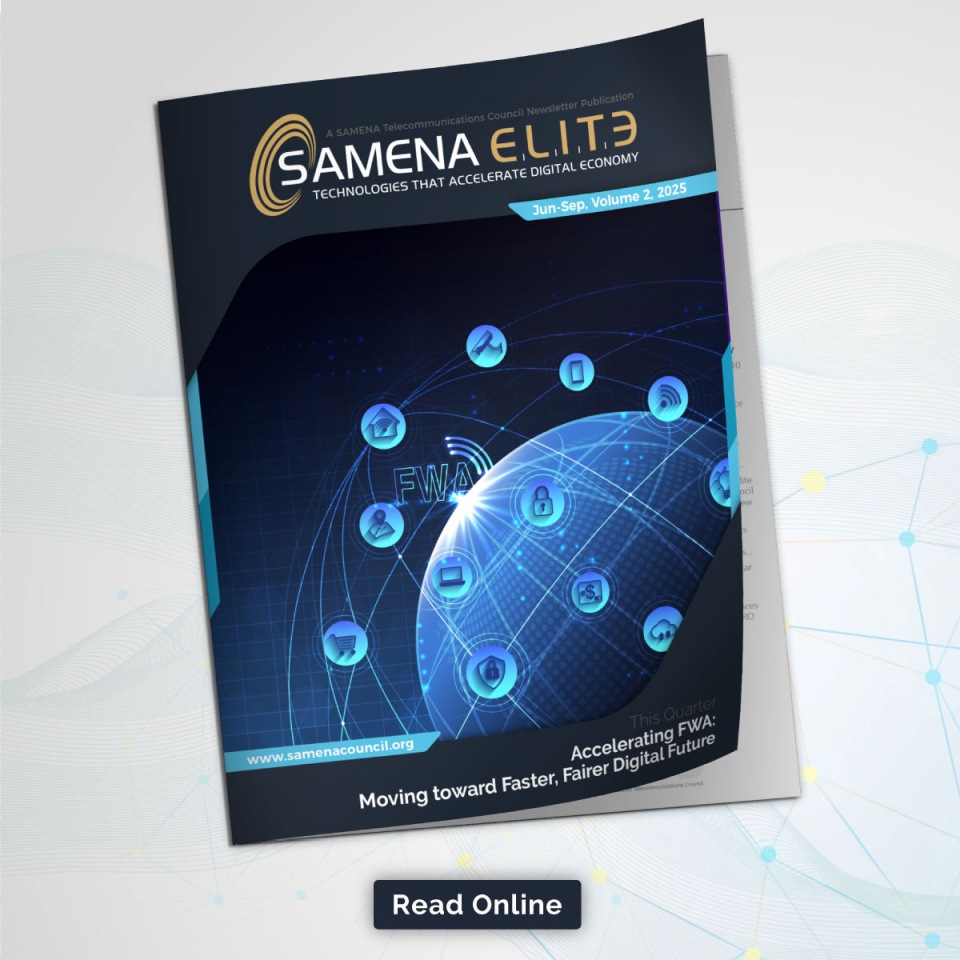At the Network X telecom summit, leading research firm Omdia, together with Huawei and industry partners, released the Telco Cloud Manifesto: Building an Intelligent Telco Cloud Infrastructure for Service Innovation in the Mobile AI Era.
This marks the industry's first white paper dedicated to the intelligent Telco Cloud, offering a fresh global perspective on telecom infrastructure and providing valuable guidance for operators as they transition into the AI era.
The white paper says the industry is moving toward 5G-A and AI, with Telco Cloud at the heart of this transformation. Around the world, operators are ramping up investments in container platforms and AI technologies while exploring how AI can improve core networks. Survey findings show that more than 60% of operators believe Telco Cloud should support AI training and inference tasks.
To meet this demand, telecom infrastructure must accelerate its evolution from being primarily based on general-purpose computing to AI infrastructure (AI-infra).
Over the past decade, cloudification of telecom networks has driven the adoption of layered architectures and expanded the technology choices of operators. But this shift has also introduced significant integration and O&M challenges, including time-consuming cross-vendor verification, complex cross-layer fault detection, CNF upgrade dependencies, and resource scheduling between VMs and containers. With the rise of AI applications, operators now face the added task of integrating heterogeneous computing power to optimize networks. This further increases system complexity.
In this context, as noted in the white paper, an increasing number of operators are choosing full-stack deployment solutions in order to balance cloud-native capabilities with operational simplicity. Key advantages of this approach include:
Pre-integration that shortens the verification cycle and accelerates service rollout
Unified automation frameworks that improve the efficiency of upgrades and O&M
Direct Kubernetes upgrades to target versions, reducing maintenance costs
System-level verification that ensures component compatibility and improves reliability
End-to-end (E2E) performance optimization from the OS to the container platform and network elements (NEs), delivering an experience beyond what layered architectures can provide.
The white paper further emphasizes that future telecom infrastructure must address both evolution and performance. It should support a smooth transition from VMs to containers while protecting existing investments, while delivering carrier-grade performance through traffic offloading and hardware acceleration. To overcome the limitations of traditional CPU-centric architectures, the white paper advocates introducing high-speed peer-to-peer interconnection to converge general-purpose and intelligent computing. This allows for efficient collaboration across diverse computing resources.
In addition, the white paper calls for building an AI enablement platform that offers model management, scheduling, and acceleration capabilities. Such a platform will help operators rapidly develop and deploy AI applications, unlocking the full potential of network intelligence.
The white paper is available here: https://omdia.tech.informa.com/commissioned-research/articles/telco-cloud-manifesto
The release of this white paper signals the acceleration of the Telco Cloud's evolution from cloud-native infrastructure to AI infrastructure. Additionally, it underscores the industry's collective commitment to shaping the future of intelligent Telco Cloud. Huawei reaffirms its readiness to work with global partners to drive innovation and open a new chapter in the mobile AI era.
Source: https://www.huawei.com/en/news/2025/10/intelligent-telcocloud
